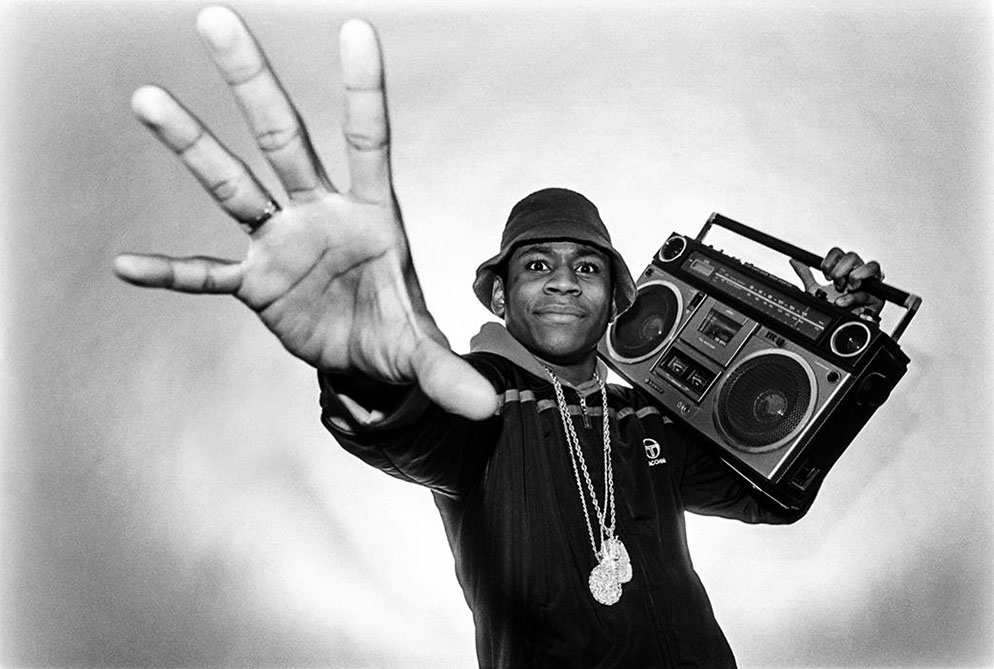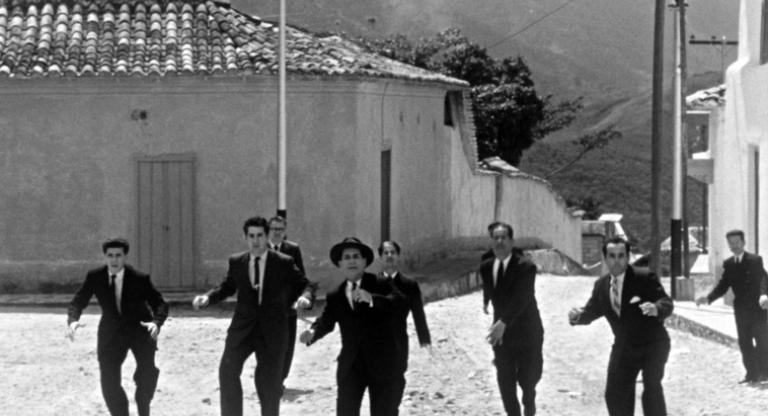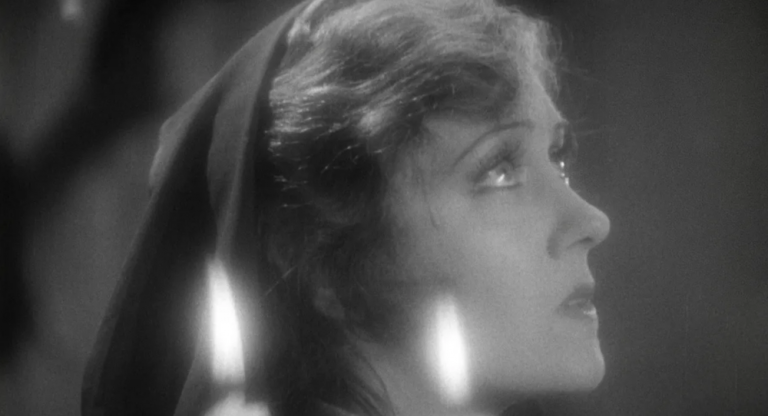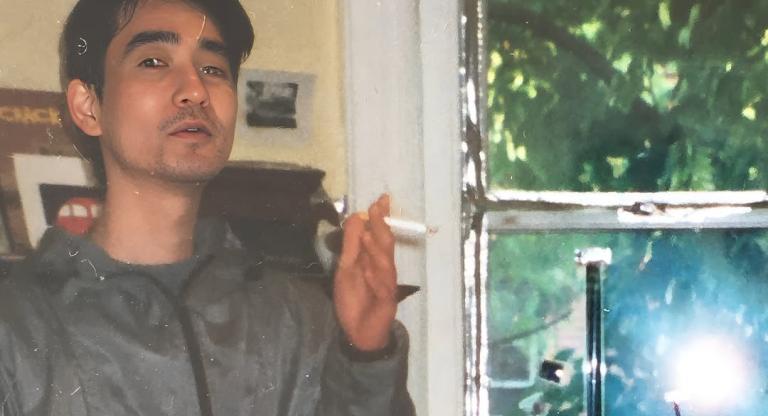People often ask me if there is a film that shows what New York was like in the ’60s, the ’70s, the ’80s, into the ’90s. Now there is: D. W. Young’s Uncropped (2023), a tour through the photographs of James Hamilton, with Hamilton as the guide. Moving chronologically through his adventurous and, yes, brilliant career, the film is structured as a series of conversations among friends and colleagues, most of them taking place in the apartment on University Place where Hamilton has lived since the mid-1960s, when the rent was $109 a month. Today the place is remarkably well ordered for being packed with stuff. Two cats wander the premises, uninterested in human attention, and their movements are akin to Hamilton’s when he lopes, slightly arthritically, through Washington Square Park, camera in hand, explaining that when he started, cameras were analog. It was harder than it is now, he says, but more fun. He liked that it was only after you developed the film that you would understand the impulse that made you press the shutter. He has always done his own processing and printing, offering assigning editors a selection of images which they would never dare to crop. Consequently, he owns all his negatives, which number in the millions.
In 1966, while working as an assistant to a fashion photographer, Hamilton bought his own camera, turned his apartment bathroom into a darkroom, and discovered that still photography was his medium. The photographs he took, some on assignment but most not, were a diary of his life in New York. They are also, as Young wrote in his director’s note, “a portal to another age. One that despite its relative closeness in time feels astonishingly distant.” Uncropped isn’t nostalgic; rather, it’s pricked with loss, primarily the loss of independent publications where writers and editors, rather than publishers and advertisers, were in control. Hamilton began his journalism career as a staff photographer for the downtown music rag Crawdaddy, then found an unlikely home at Harper’s Bazaar before landing at the Village Voice, where he was a staff photographer from 1974 to 1993. He worked for the Voice, when it was, as Thurston Moore describes it, a weekly map of life in New York. Moore edited and published the only monograph of Hamilton’s photos, You Should Have Heard Just What I Seen, which compiles four decades of music scene images. It’s a pleasurable collection, but it seems crazy to me that there aren’t more monographs that cover the range of his work: street photography, portraiture, war photography, movie-set photography. And just horsing around.
My stint at the Voice from the mid-’80s until 2001 overlapped with Hamilton’s. While his photographs graced a few of my stories, I was too shy to talk to him, or to many of the writers and editors, whose conversations make Uncropped a necessary document for anyone who cares about great journalism, and why it barely exists today. But even more compelling are the photographs, which jump off the movie screen just as they did off the page. No matter the genre, Hamilton’s photos always bear his signature combination of classical composition with an intense differentiation of light and shadow. He cites as two influences the Hollywood cinematographer John Alton and the tabloid flash master Weegee. Among the many terrific images in Uncropped is the most revealing portrait I’ve ever seen of Jean-Luc Godard. It’s fairly tight on his face; he is wearing his signature dark glasses, but we can see his eyes as clearly as if the glasses were not there at all, as if they merely framed his eyes the way Hamilton frames his face. Godard’s eyes, like the eyes in many James Hamilton portraits, are for a fraction of a second windows to the soul.
Uncropped screens this evening, November 11, as the Centerpiece selection of DOC NYC, its world premiere.



